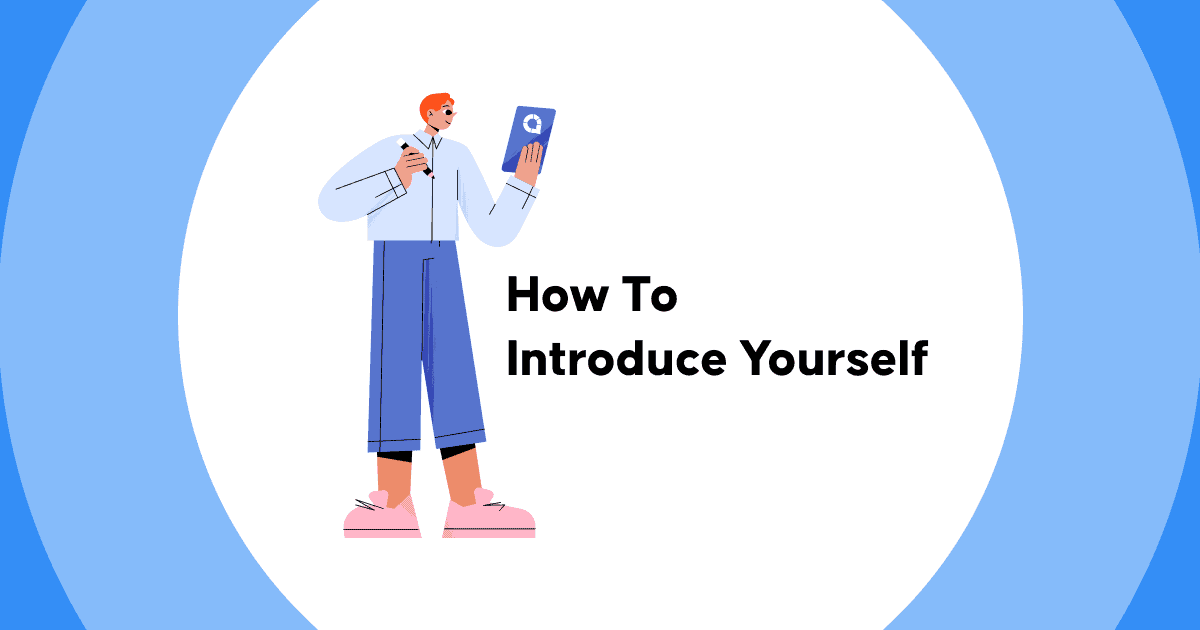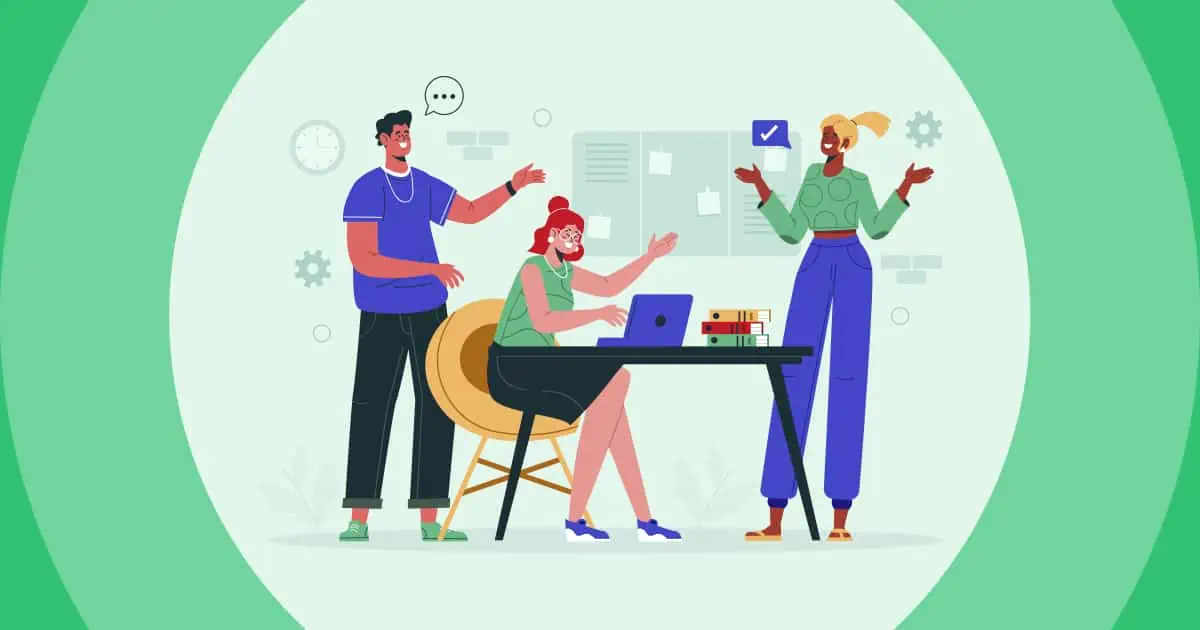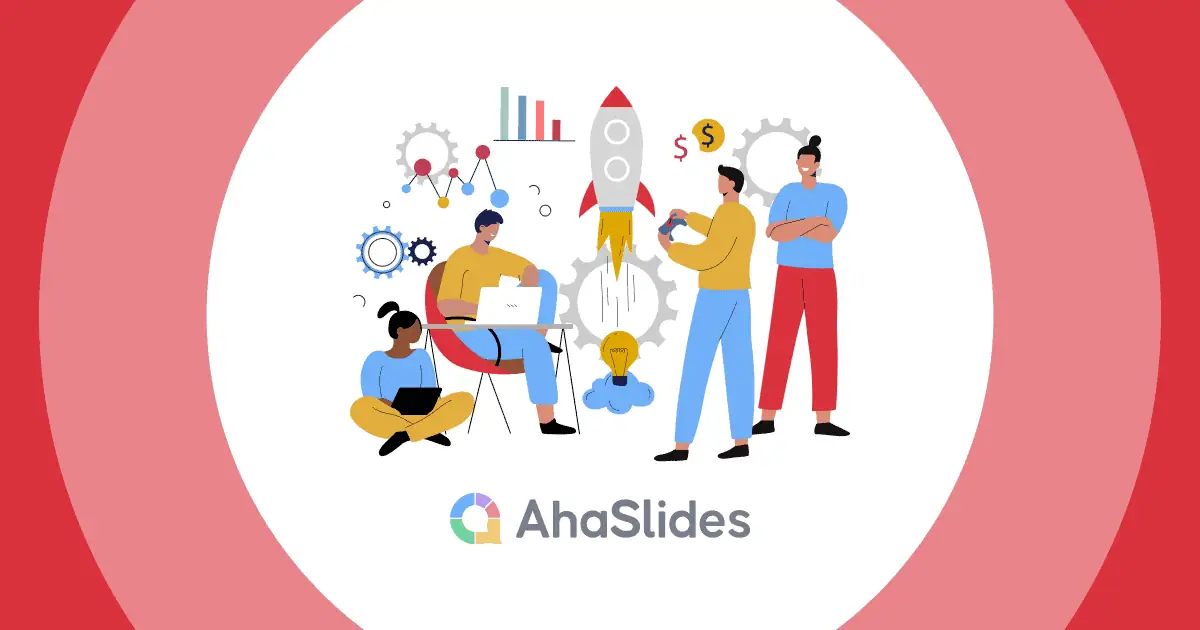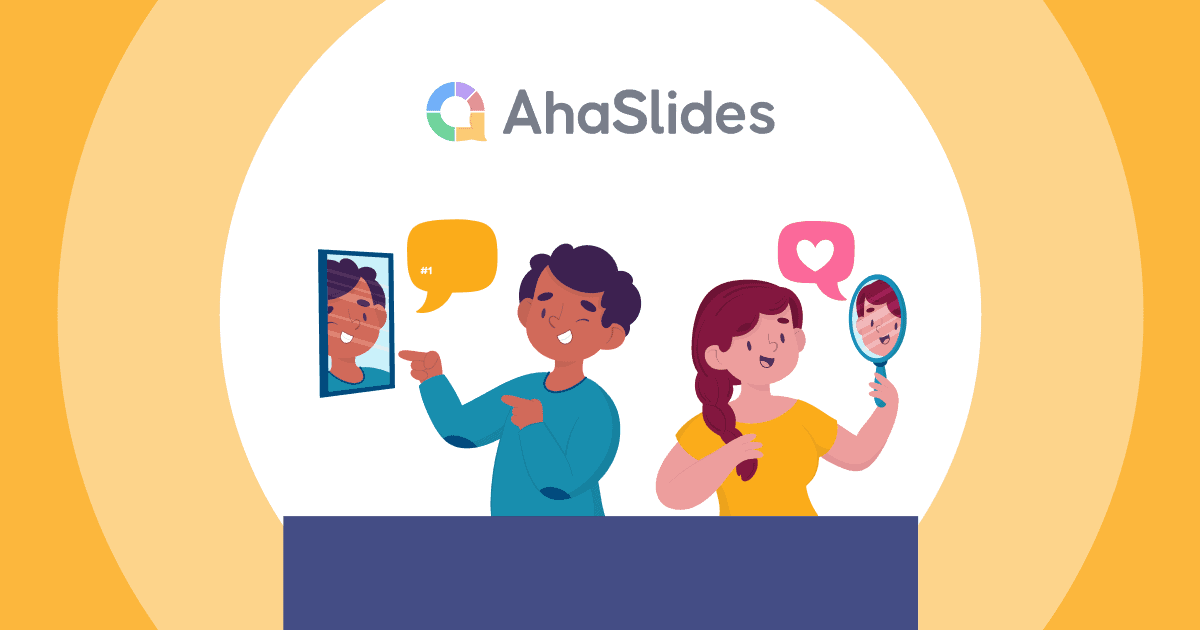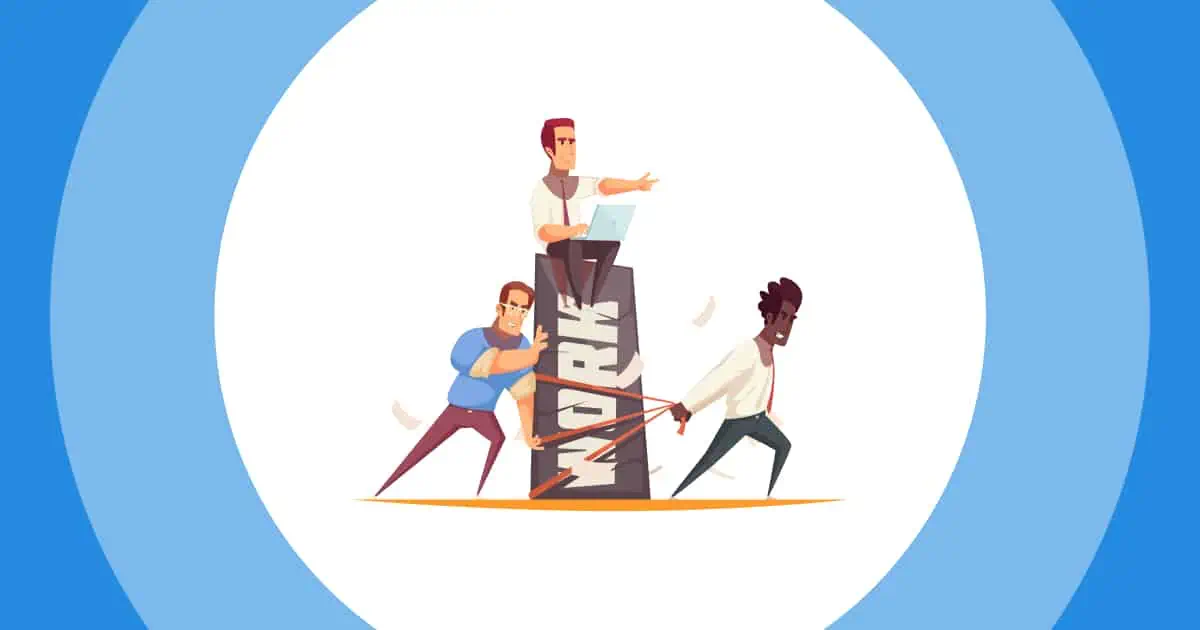Beim öffentlichen Reden kommt es auf den ersten Eindruck an. Unabhängig davon, ob Sie vor einem Raum mit 5 oder 500 Personen präsentieren, legen diese ersten Augenblicke den Grundstein dafür, wie Ihre gesamte Botschaft ankommt.
Es gibt nur eine Chance auf einen richtigen Einstieg, deshalb ist es wichtig, den richtigen Erfolg zu erzielen.
Wir geben Ihnen die besten Tipps dazu wie man sich für eine Präsentation vorstellt. Am Ende betreten Sie die Bühne mit erhobenem Kopf und sind bereit, wie ein Profi eine aufmerksamkeitsstarke Präsentation zu starten.
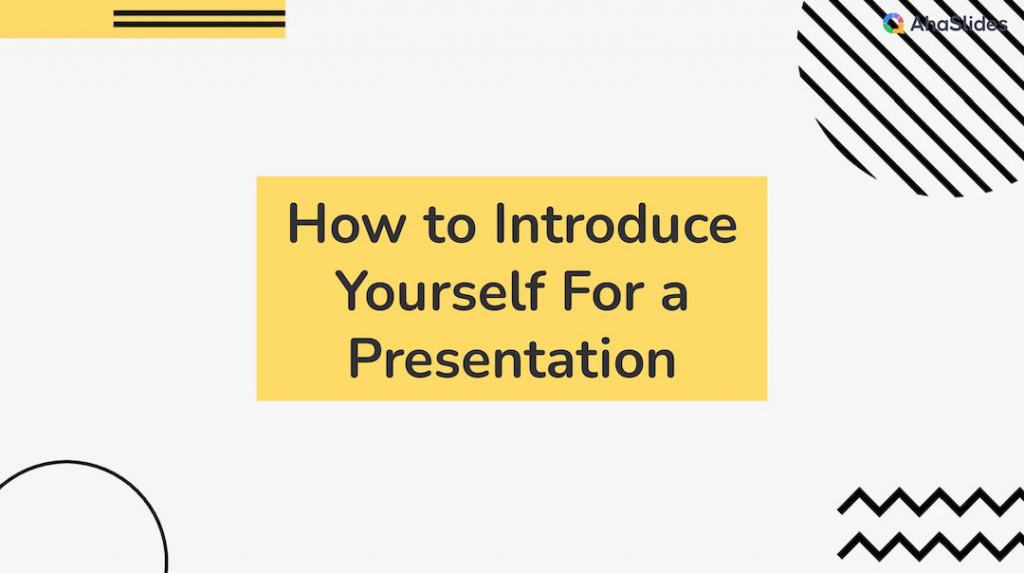
Inhaltsverzeichnis
Tipps für die Einbindung des Publikums

Starten Sie in Sekunden.
Erhalten Sie kostenlose Vorlagen für Ihre nächste interaktive Präsentation. Melden Sie sich kostenlos an und nehmen Sie aus der Vorlagenbibliothek, was Sie wollen!
🚀 Holen Sie sich ein kostenloses Konto
So stellen Sie sich für eine Präsentation vor (+Beispiele)
Erfahren Sie, wie Sie auf eine Weise „Hallo“ sagen, die einen bleibenden Eindruck hinterlässt und bei Ihrem Publikum Lust auf mehr macht. Das Einführungs-Spotlight gehört Ihnen – jetzt schnappen Sie es sich!
#1. Beginnen Sie das Thema mit einem spannenden Einstieg
Stellen Sie eine offene Herausforderung, die auf Ihrer Erfahrung basiert. „Wenn Sie ein komplexes Problem X bewältigen müssten, wie würden Sie es angehen? Als jemand, der das selbst erlebt hat …“
Erwähnen Sie eine Leistung oder ein Detail über Ihren Hintergrund. „Was viele nicht über mich wissen, ist, dass ich einmal…“
Erzählen Sie eine kurze Geschichte aus Ihrer Karriere, die Ihr Fachwissen verdeutlicht. „Es gab eine Zeit zu Beginn meiner Karriere, als ich…“
Stellen Sie eine hypothetische Frage und berichten Sie dann aus Ihrer Erfahrung. „Was würden Sie tun, wenn Sie mit einem verärgerten Kunden konfrontiert wären, wie ich vor einigen Jahren, als …“

Verweisen Sie auf Erfolgskennzahlen oder positives Feedback, das Ihre Autorität unterstreicht. „Als ich das letzte Mal eine Präsentation zu diesem Thema gehalten habe, sagten 98 % der Teilnehmer, dass sie…“
Erwähnen Sie, wo Sie veröffentlicht wurden oder zu Vorträgen eingeladen wurden. „…weshalb Organisationen wie [Namen] mich gebeten haben, meine Erkenntnisse zu diesem Thema zu teilen.“
Stellen Sie eine offene Frage und verpflichten Sie sich, sie zu beantworten. „Das bringt mich zu einer Frage, die sich viele von Ihnen vielleicht fragen: Wie bin ich so in dieses Thema verwickelt worden? Lassen Sie mich Ihnen meine Geschichte erzählen …“
Wecken Sie Interesse an Ihren Qualifikationen, anstatt sie nur anzugeben Ziehen Sie das Publikum auf natürliche Weise durch lustige, fesselnde Anekdoten in den Bann.

Beispiels:
Für Studierende:
- „Als jemand, der [Fach] hier an [Schule] studiert, war ich fasziniert von …“
- „Für mein Abschlussprojekt in [Kurs] habe ich mich eingehender mit der Recherche beschäftigt …“
- „Im letzten Jahr habe ich bei der Arbeit an meiner Bachelorarbeit über [Thema] festgestellt …“
- „Als ich letztes Semester an [dem Professor]s Kurs teilnahm, fiel mir ein Thema, das wir besprachen, besonders auf …“
Für Profis:
- „In den [Anzahl] Jahren, in denen ich Teams bei [Unternehmen] geleitet habe, sind wir immer wieder mit einer Herausforderung konfrontiert worden: …“
- „Während meiner Amtszeit als [Titel] von [Organisation] habe ich aus erster Hand gesehen, wie sich [Problem] auf unsere Arbeit auswirkt.“
- „Bei der Beratung von [Kundentypen] zu [Thema] ist mir häufig ein Problem aufgefallen: …“
- „Als ehemalige [Rolle] von [Unternehmen/Abteilung] hatte die Umsetzung von Strategien zur Lösung von [Problem] für uns Priorität.“
- „Aus meiner Erfahrung sowohl in [Rollen] als auch in [Bereich] liegt der Schlüssel zum Erfolg im Verständnis …“
- „Bei der Beratung von [Kundentyp] in Angelegenheiten des [Fachgebiets] besteht eine häufige Hürde darin, … zu navigieren.“
#2. Stellen Sie einen Kontext zu Ihrem Thema her
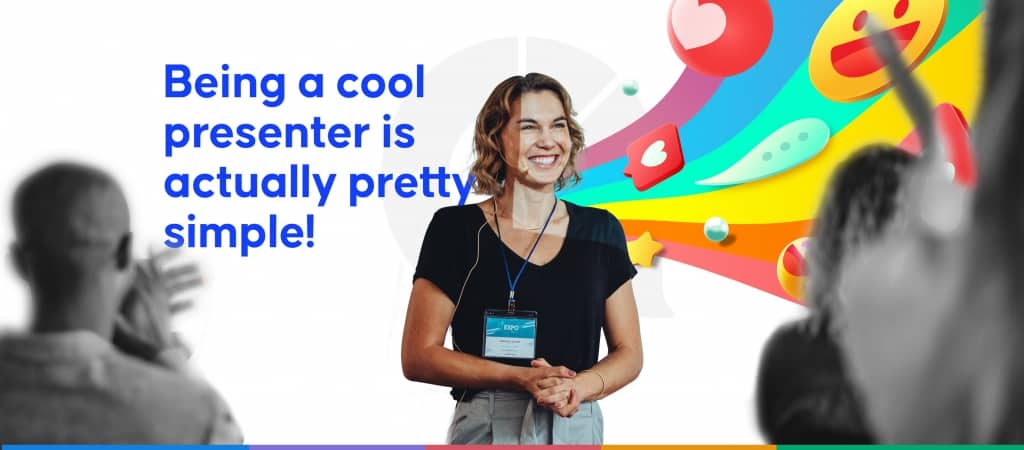
Beginnen Sie mit der Beschreibung eines Problems oder einer Frage, die Sie in Ihrer Präsentation behandeln möchten. „Sie alle kennen wahrscheinlich die Frustration, die … und genau darum möchte ich hier sprechen – wie wir … überwinden können.“
Teilen Sie Ihre wichtigsten Erkenntnisse in Form einer prägnanten Handlungsaufforderung mit. „Wenn Sie heute hier weggehen, möchte ich, dass Sie sich an diese eine Sache erinnern … denn sie wird Ihre Art zu handeln verändern …“
Um die Relevanz zu verdeutlichen, verweisen Sie auf ein aktuelles Ereignis oder einen Branchentrend. „Angesichts der aktuellen Ereignisse ist das Verständnis von [Thema] wichtiger denn je für den Erfolg in …“
Beziehen Sie Ihre Botschaft auf das, was ihnen am wichtigsten ist. „Als [Typ Mensch] weiß ich, dass Ihre oberste Priorität … ist. Deshalb erkläre ich Ihnen genau, wie Ihnen das dabei helfen kann, … zu erreichen.“
Bieten Sie eine interessante Perspektive. „Die meisten Leute betrachten [Thema] zwar so, aber ich glaube, die Chance liegt darin, es aus dieser Perspektive zu betrachten …“
Verknüpfen Sie ihre Erfahrungen mit zukünftigen Erkenntnissen. „Was Sie bisher erlebt haben, wird Ihnen nach der Erkundung viel mehr Sinn ergeben …“
Das Ziel besteht darin, die Aufmerksamkeit zu erregen, indem ein Bild des Mehrwerts gezeichnet wird, um sicherzustellen, dass der Kontext nicht übersehen wird.
#3. Halte es kurz
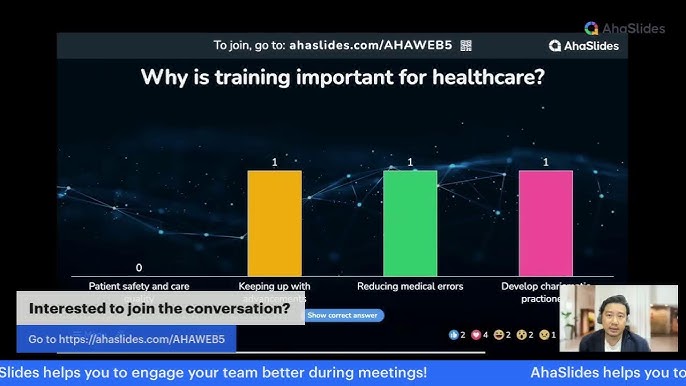
Bei der Vorstellung vor der Show ist weniger wirklich mehr. Sie haben nur 30 Sekunden Zeit, um einen tollen Eindruck zu hinterlassen, bevor der eigentliche Spaß beginnt.
Das klingt vielleicht nicht nach viel Zeit, aber es reicht völlig aus, um die Neugier zu wecken und Ihrer Geschichte einen fulminanten Start zu verleihen. Verschwenden Sie keinen Moment mit Füllwörtern – jedes Wort ist eine Chance, Ihr Publikum zu begeistern.
Anstatt immer weiter zu reden, sollten Sie darüber nachdenken, sie mit einem zu überraschen faszinierendes Zitat oder mutige Herausforderung im Zusammenhang damit, wer du bist. Geben Sie gerade genug Geschmack, damit Ihr Kind Lust auf Sekunden hat, ohne die ganze Mahlzeit zu verderben.
Qualität vor Quantität ist hier das Zauberrezept. Packen Sie maximale Wirkung in einen minimalen Zeitrahmen, ohne ein einziges köstliches Detail zu verpassen. Ihre Einleitung dauert vielleicht nur 30 Sekunden, kann aber eine Reaktion hervorrufen, die sich über die gesamte Präsentation erstreckt.
#4. Tun Sie das Unerwartete
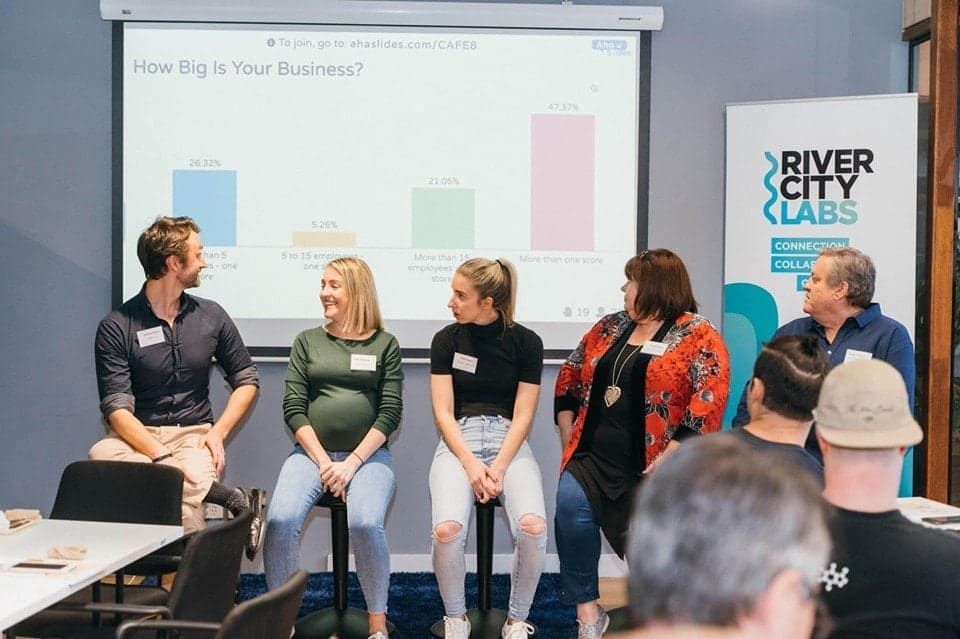
Vergessen Sie das traditionelle „Hallo zusammen …“, fesseln Sie das Publikum sofort, indem Sie der Präsentation interaktive Elemente hinzufügen.
68% der Menschen sagen, dass es einfacher ist, sich die Informationen zu merken, wenn die Präsentation interaktiv ist.
Sie können mit einer Icebreaker-Umfrage beginnen und jeden nach seinen Gefühlen fragen, oder es zulassen Spielen Sie ein Quiz, um mehr über sich selbst und das Thema zu erfahren, das sie hören werden natürlich.
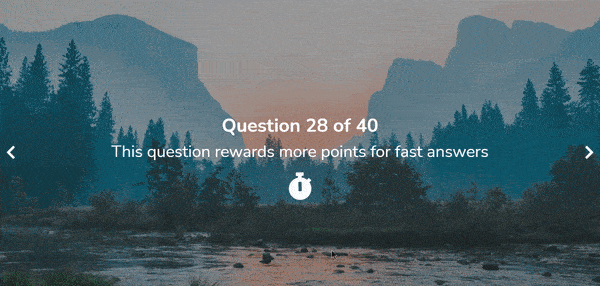
So kann interaktive Präsentationssoftware wie AhaSlides Ihre Einführung auf das nächste Level heben:
- AhaSlides bietet eine Vielzahl von Folientypen für Ihre Polling, Quiz, F&A, Wortwolke or offene Frage Anforderungen. Egal, ob Sie sich virtuell oder persönlich vorstellen, die AhaSlides-Funktionen sind deine besten Begleiter, die alle Blicke auf dich ziehen!
- Die Ergebnisse werden live auf dem Bildschirm des Moderators angezeigt und ziehen mit auffälligen Designs die Aufmerksamkeit des Publikums auf sich.
- Sie können AhaSlides in Ihre übliche Präsentationssoftware integrieren, wie zum Beispiel Powerpoint or interaktive Google Slides mit AhaSlides.
#5. Vorschau der nächsten Schritte

Es gibt verschiedene Möglichkeiten, zu zeigen, warum Ihr Thema wichtig ist, wie zum Beispiel:
Stellen Sie eine brennende Frage und versprechen Sie die Antwort: „Wir haben uns alle schon einmal gefragt: Wie erreicht man X? Am Ende unserer gemeinsamen Zeit werde ich Ihnen die drei wesentlichen Schritte verraten.“
Machen Sie auf wertvolle Erkenntnisse aufmerksam: „Wenn Sie hier weggehen, möchte ich, dass Sie die Werkzeuge Y und Z in der Tasche haben. Machen Sie sich bereit, Ihre Fähigkeiten zu verbessern.“
Stellen Sie es sich als eine Reise vor: „Wir werden auf unserer Reise von A nach B nach C eine Menge entdecken. Am Ende wird sich Ihre Perspektive verändert haben.“
Stellen Sie sich mit Stil vor – mit AhaSlides
Beeindrucken Sie Ihr Publikum mit einer interaktiven Präsentation über sich selbst. Lassen Sie sie durch Quizze, Umfragen und Fragen und Antworten besser über Sie informiert werden!
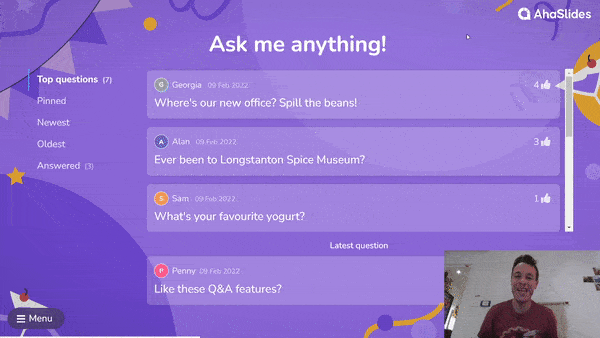
Dringlichkeit wecken: „Wir haben nur eine Stunde, also müssen wir uns beeilen. Ich helfe uns durch die Abschnitte 1 und 2, dann setzt du das Gelernte bei Aufgabe 3 in die Tat um.“
Vorschauaktivitäten: „Nach dem Framework können Sie in unserer praktischen Übung die Ärmel hochkrempeln. Die Zusammenarbeit beginnt …“
Versprechen Sie eine Belohnung: „Als ich zum ersten Mal lernte, wie man X macht, schien es unmöglich. Aber am Ende werden Sie sich fragen: ‚Wie habe ich ohne das gelebt?‘“
Lassen Sie sie weiter rätseln: „Jeder Stopp liefert weitere Hinweise, bis am Ende die große Enthüllung wartet. Wer ist bereit für die Lösung?“
Lassen Sie das Publikum Ihren Flow als spannende Weiterentwicklung jenseits einer gewöhnlichen Gliederung erleben. Versprechen Sie aber nichts Verdächtiges, sondern etwas Greifbares.
#6. Führen Sie Scheingespräche durch

Für eine perfekte Präsentation ist vor dem Auftritt ausreichend Spielzeit erforderlich. Gehen Sie Ihre Einleitung durch, als wären Sie auf der Bühne – Proben mit halber Geschwindigkeit sind nicht erlaubt!
Nehmen Sie sich selbst auf, um Echtzeit-Feedback zu erhalten. Das Ansehen der Wiedergabe ist die einzige Möglichkeit, unangenehme Pausen oder Füllphrasen zu erkennen, die nach dem Hackklotz betteln.
Lesen Sie Ihr Drehbuch vor einem Spiegel, um Präsenz und Charisma zu erkennen. Bringt Ihre Körpersprache es nach Hause? Verstärken Sie die Anziehungskraft aller Ihrer Sinne für eine völlige Fesselung.
Proben Sie abseits des Buches, bis Ihr Intro wie Atemübungen an die Oberfläche Ihres Geistes schwebt. Verinnerlichen Sie es, damit Sie ohne Karteikarten als Krücke glänzen.
Führen Sie simulierte Vorträge vor Familie, Freunden oder pelzigen Juroren durch. Keine Bühne ist zu klein, wenn Sie Ihren Part perfektionieren und glänzen möchten.
💡 Erfahren Sie mehr: So stellen Sie sich wie ein Profi vor
Fazit
Und da haben Sie es – die Geheimnisse für ein rockiges Intro. Egal wie groß Ihr Publikum ist, mit diesen Tipps werden Sie im Handumdrehen alle Blicke und Ohren auf sich ziehen.
Aber denken Sie daran: Übung dient nicht nur der Perfektion – sie stärkt Ihr Selbstvertrauen. Nutzen Sie diese 30 Sekunden wie der Superstar, der Sie sind. Glauben Sie an sich und Ihren Wert, denn andere werden Ihnen glauben.
Häufig gestellte Fragen (FAQ)
Wie stellen Sie sich vor einer Präsentation vor?
Beginnen Sie mit den grundlegenden Informationen wie Ihrem Namen, Titel/Position und Organisation, bevor Sie das Thema und die Gliederung vorstellen.
Was sagen Sie, um sich in einer Präsentation vorzustellen?
Ein Beispiel für eine ausgewogene Einleitung könnte lauten: „Guten Morgen, mein Name ist [Ihr Name] und ich arbeite als [Ihre Rolle]. Heute spreche ich über [Thema] und möchte Ihnen am Ende [Ziel 1], [Ziel 2] und [Ziel 3] vorstellen, um Sie bei [Themakontext] zu unterstützen. Wir beginnen mit [Abschnitt 1], dann mit [Abschnitt 2] und schließen mit [Fazit] ab. Vielen Dank für Ihre Teilnahme – los geht’s!“
Wie stellt man sich als Student in einer Vorlesungspräsentation vor?
Die wichtigsten Dinge, die in einer Vorlesungspräsentation behandelt werden müssen, sind Name, Hauptfach, Thema, Ziele, Struktur und ein Aufruf zur Beteiligung/Fragen des Publikums.

